"Don’t just criticise, create!" Interview with Sander Booij, builder and renovator of organs
This is the seventh instalment of our new interview series called, “Don’t just criticise, create!” David Engels speaks with European artists, philosophers, priests, intellectuals, activists, and artisans who have each decided not only to lament 'the decline of the West' but also to endeavour to help reverse it. They have done this by making something new, and also perhaps something beautiful, true, and good.
David Engels: Dear Sir, you are one of the Netherland’s foremost builder and renovator of organs, having started your activity already 20 years ago at an extremely young age. In 2020, you have taken over management of Mense Ruiter, an enterprise founded in 1931 and heir of a long family tradition. Building and renovating organs - an instrument intimately linked to two dying institutions, the church and classical music - may seem to many as a nearly eccentric pastime. And yet, the Netherlands, though in many respect at the forefront of postmodernity, have an excellent reputation not only in the domain of classical, particularly baroque music, but also in the construction of organs. How would you explain this situation?
Sander Booij: Organ and early music is timeless. We can still enjoy music several hundred years old today! There is indeed secularisation, but in this post-modern age, classical music is still valued. So organ music too is still appreciated. The naturalness of young people coming into contact with organs has declined, though, simply because fewer people go to church. For some years now, I have been co-organiser of evensongs in 'our' Grote Kerk in Wijk bij Duurstede. People who had stopped going to church for years because they 'didn't feel like' the institution of church, now come to these evensongs. A new tradition that attracts very different audiences. People experience the beauty of music and the connection with centuries of tradition. In our setup, the evensong is still a church service, but for some it feels more like a musical performance. Everyone can decide for themselves what its value is, but I am especially happy that we have managed to get people back into the church in this way.
David Boos once called the organ the most “Faustian” of all instruments; and indeed, more than most others, it is linked to the wish of the Western man to coalesce all imaginable instruments into one, to fill an enormous sacred space with its intonations and to reproduce, somehow, the complexity of the universe through the harmonious polyphony of sacred music. Is dealing on an everyday basis with these instruments a form of spiritual and culture-patriotic commitment to our roots?
This is partly the case. The organ was originally intended as a representation of multiple instruments. But in addition, it did develop into a complete instrument, with which music can be made in many styles. For me, the organ has a lot of value in its function as a liturgical instrument. In the Netherlands, in the Protestant churches, we have the tradition of singing Genevan psalms. A tradition in which I myself was brought up and came into contact with from an early age. At primary school, I was already accompanying the congregational singing when I was seven years old. In school class, we sang two psalms every day! It still really touches me when a group of churchgoers can sing the psalm, accompanied by an organ. You feel connected to the psalm poets from Old Testament times, as it were. Most of the organs we build are in churches. The organ then mainly has an accompaniment task. Occasionally, it is also used for concerts. A church organ is composed essentially differently from a concert organ in a concert hall.
You are not only an organ builder, but also an accomplished organist yourself. More than with any other instrument, the organ implies a profound knowledge of mechanics, of acoustics and of material qualities, and there are enormous differences between two organs, demanding a constant re-adaptation and a deep understanding of the technology behind. Would you agree that, behind each organist, there is not only a virtuoso, but also, somehow, an artisan, and that this provides you with a unique perspective on music perhaps more reminiscent of the more “artisanal” musical practices in the 17th or 18th century than of the 19th century cult of the musical diabolic “genius” initiated by Paganini and Liszt?
Officially, I am not a qualified organist. Due to my choice of organ building, I could not do any official organ training. Of course, I did take many private lessons, including at conservatory level. Later, I took further training as a church musician with the institute of the Protestant Church in the Netherlands. With that an organist is a craftsman in many things, I agree completely. You can teach yourself many things, also when improvising, for instance, something I like to do. But for just that one piece of musicality, you have to have an innate talent. Sometimes you are lucky to be born with it.
When I go to an organ concert, it all depends on how I feel. Sometimes I hear intonation flaws in the organ sound, which, due to my sensitive ears, sometimes dominates the playing of the organist in question. Nevertheless, I can really enjoy well-played organs and organists who play to the square millimetre in terms of articulation and timing.
Whether my combination of organ playing and organ sounding is unique I don't know, but it helps me tremendously during the sounding process. When I feel that an organ stop is finished, I first play it for a while. Then I judge whether it sounds musical and whether there are no disturbing elements. It happens on a regular basis that I make some changes to improve the musicality. As for the 17th and 18th centuries, I am a great lover of music and instruments from that era. I would love (if only I could...) to talk to people from those times too. Hear how they were in life, what was important to them, what was going on at the time, etc. This could have a great influence on my work and perception and empathy with certain musical works and instruments from that era.
Voicing is an intriguing art form that combines several points of interest. You listen very intensively to the pipe's speech, the sound character of individual pipes, the relationships between them, the progression in an organ stop and also the merging of stops with each other. This merging in particular is also an art in itself. It is important to know how, for example, a choir or orchestra always makes an effort to achieve a homogeneous sound, with different instruments or singers at the same time. This works the same way with organs. When organ stops are piled up, a new unity must be created and the intention is that the individual stops can no longer be heard as soloists. Frequent listening to different organs in different styles succeeds in achieving a healthy and musical sound structure. In this process, I do indeed see my background as a player as an asset.
Since 2020, you are the new manager of Mense Ruiter, an old enterprise founded in 1931, and thus heir to a tradition going back nearly a century. What importance does this responsibility have for your vision of your job – and of the crisis of Modernity where precisely all forms of long term thinking seem to be vanishing?
Taking over Mense Ruiter feels to me like continuing a legacy. Maintaining a tradition of more than 90 years. Some of today's employees, worked at the company before I was even born! It was magical that in 2021, we got to work on an iconic instrument in Amsterdam by Mense Ruiter himself. You feel as it were the presence of 'the old Ruiter' as he is still called with us, echoing through and working on the instrument you are working on. I have tried to bring back the sound, which in previous years appeared to have been somewhat adapted to taste. With respect to the founder of our company. It was a wonderful experience and the result is that with this returned 'original sound' (as far as that is possible after so many years, of course), the organ has started to sound much more interesting than it did before. So Ruiter had a clear sound concept in mind. If you then change anything in that, it becomes less interesting.
The organ-building world appears to be divided between those dedicated to a continuation of a modernist approach rooted in the concept of a "universal organ" dating back to the 1950s, and the traditionalist approach that grew out of the desire to restore organs to their original state and to build stylistic copies of instruments from the past. Both traditions accuse each other of a certain degree of staleness that would turn into an artistic dead end. How do you judge this divide and where do you see more potential for artistic vitality to gain new aesthetic impulses for organ-building in the 21st century?
I think both are possible. As mentioned, I enjoyed working on the Mense Ruiter organ in Amsterdam. In the same year, I also carried out maintenance on magnificent Schnitger/Hinsz/Freytag organ in Noordbroek and on the beautiful old organ in Wijk bij Duurstede (1617), where, by the way, I still get to be organist. To empathise with what an original builder intended and is saying to us through his instrument is always the most beautiful challenge for me. What my taste is then does not matter. We are currently working on the new organ for the Koepelkerk in Renswoude. The former organ of that church contained pipework from the 19th and 18th centuries. With the new additions, we have sought to connect to what was already there and so we work in style as much as possible. I myself have not yet had the opportunity to design and build a completely new instrument, completely to my own specifications. I think a concept with a connection to the 16th and 17th centuries will come out. I would also very much like to make a style copy of an old instrument by e.g. Hendrik Niehoff (16th century) because that seems extremely instructive to me. Copying should not be a goal in itself, you should also be able to go your own way afterwards. I do not close my eyes to new developments and follow them as closely as possible. For instance, I have been to several concert halls in Europe and had the pleasure of trying out and looking in those instruments. At a previous employer, I had a lot to do with digital techniques, which you can do interesting things with. Given the traditional set-up of Mense Ruiter Orgelmakers, I don't expect clients with this kind of technology to think of us first, but we are open to it. Nevertheless, I think it would be very interesting to be able to delve a bit deeper in that area as well.
The motto of this interview series is: “Don’t just criticise, create!”, and your endeavour to correspond to this ideal should have become obvious throughout this interview. However, despite the relative success of ancient music and the organ in the Netherlands, one can safely say that the cultivation of classical music is decidedly disappearing from the modern West, though it seems to thrive in East Asia and even Africa. How do you assess the future of our musical tradition? Is its decline inevitable, as Thomas Mann or Oswald Spengler would want us to believe, or is there some hope at the horizon?
When I look at the number of young organists in the Netherlands, who graduate every year with truly fantastic musicality and technique, I see the future with hope. Even in the current generation of organists, there is a large proportion who continue to opt for quality and not just simple and easily digestible music, which of course has to be there too. A lot of church buildings are closing in the Netherlands, around 100 a year, as I understand correctly. Those church buildings contain organs and they are also sometimes 'left over' because flats are soon being built in those churches. The latter worries me, because many church interiors are lost as a result. Organs will always exist and so will an interest in old and authentic music. However, we must continue to 'advertise' for it and ensure that young people come into contact with it.
Photo copyright: Jon Liinason.
Read also
Six Years in Poland
Your Excellencies, Dear Ladies and Gentlemen, First of all, I would like to express my warmest thanks to
David Engels
Germany on the Wrong Track: The “Synodal Way” – a Second Reformation?
If something has become clear in recent years or decades, it is the impression that Germany is increasingly moving away from all that is considered common practice by its neighbours.




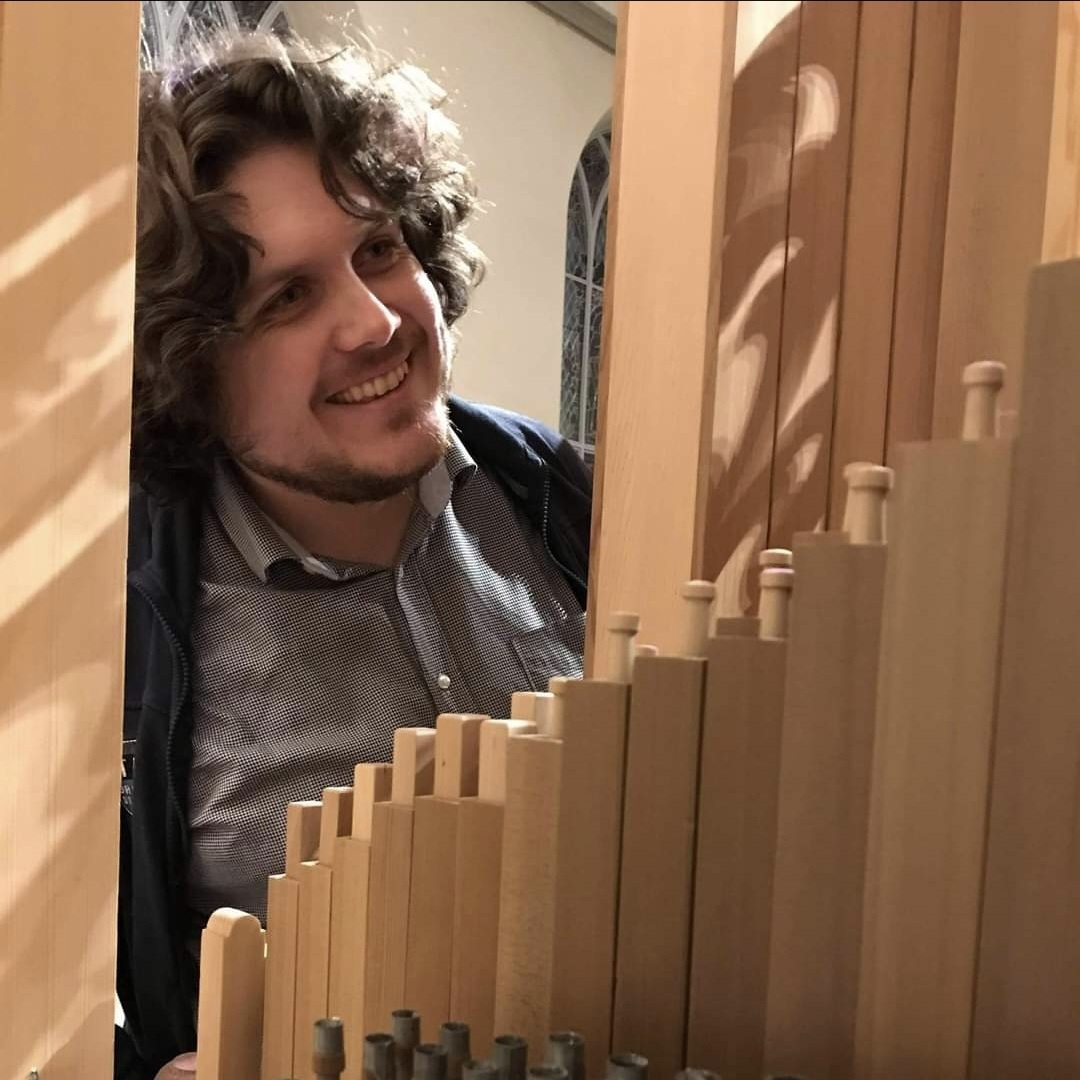
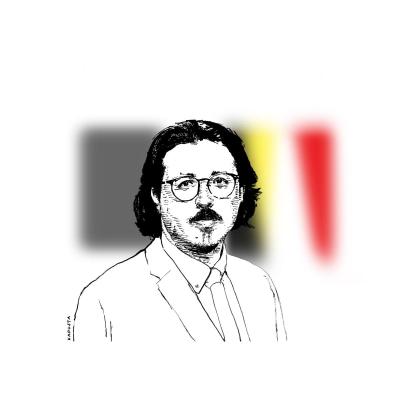
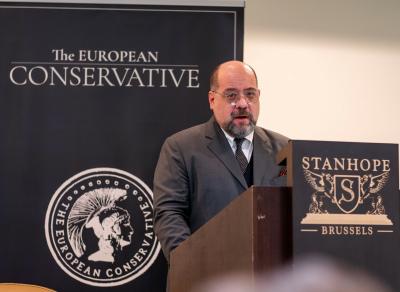

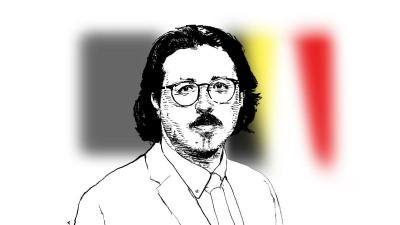

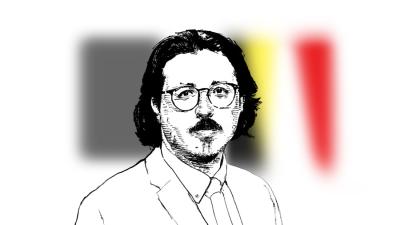

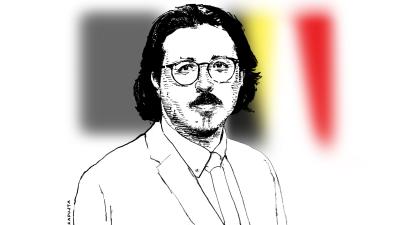

Comments (0)